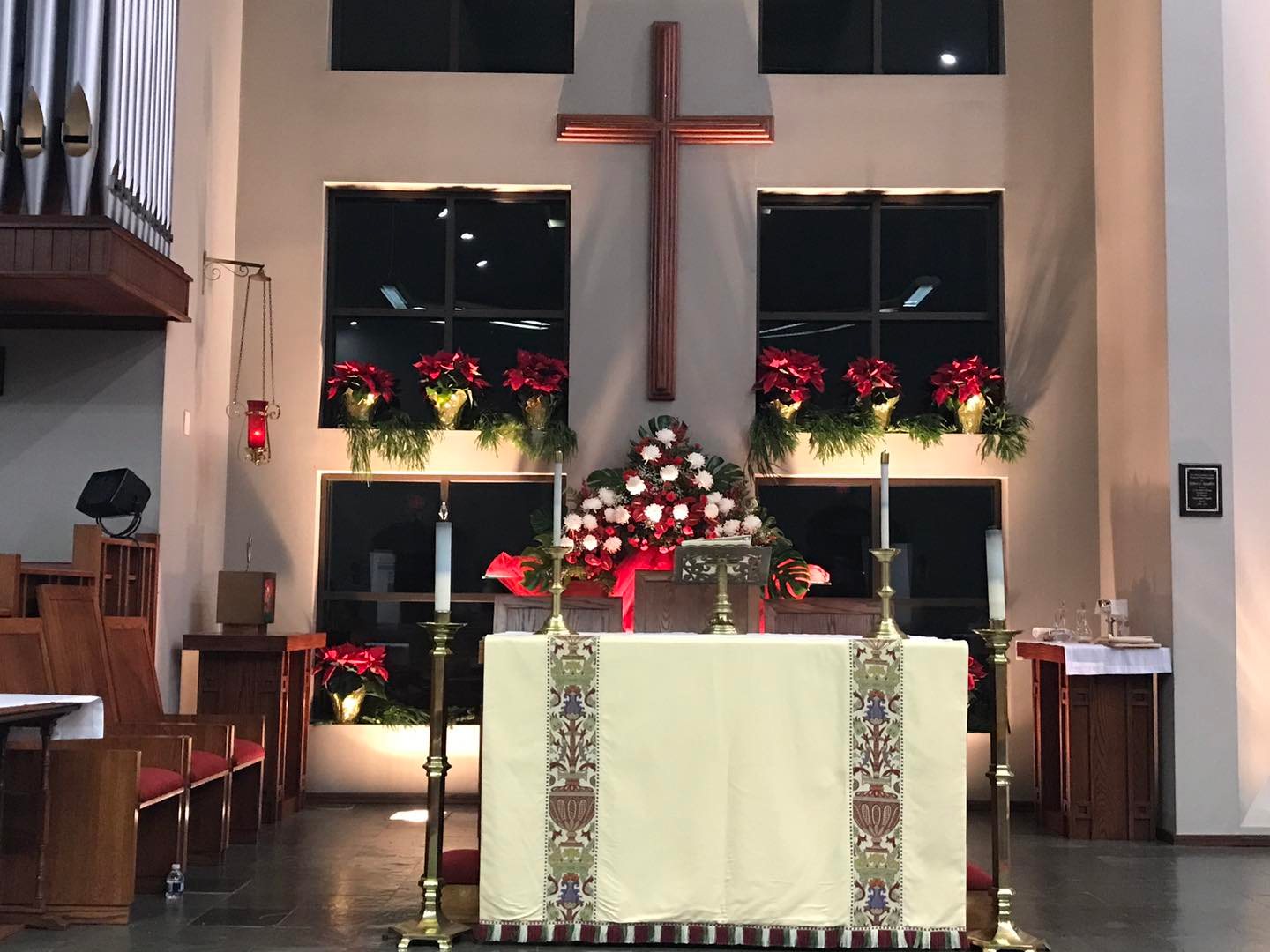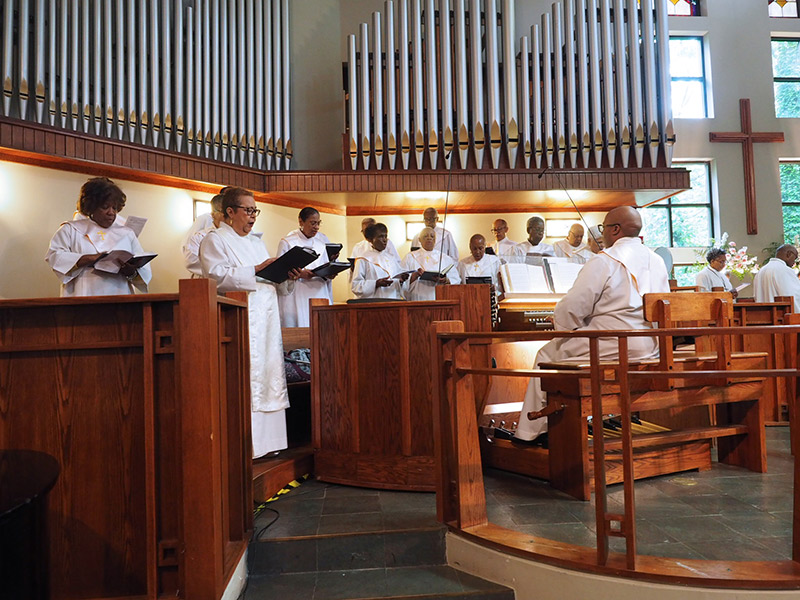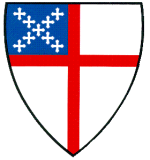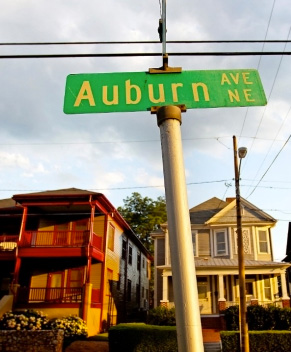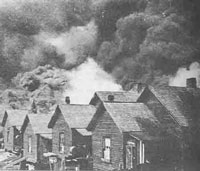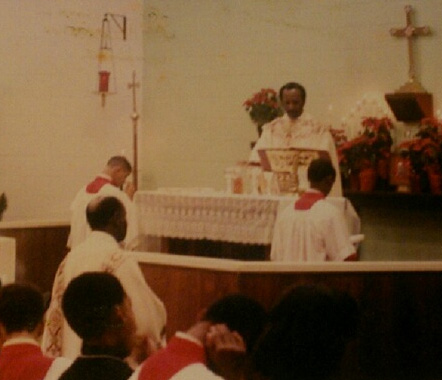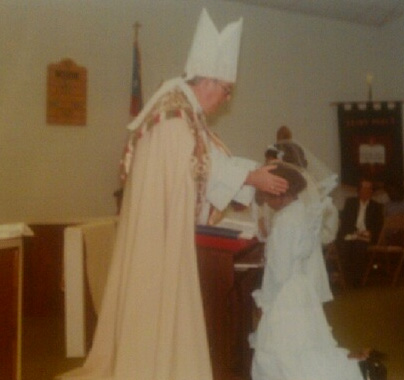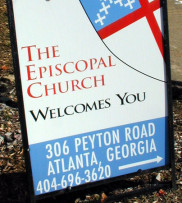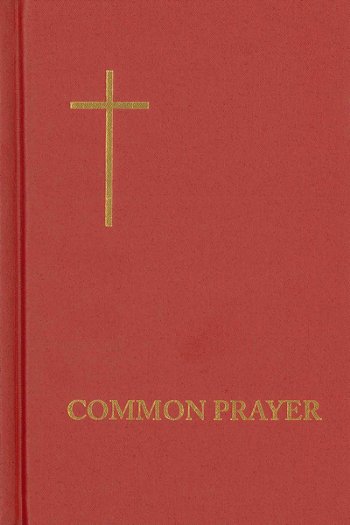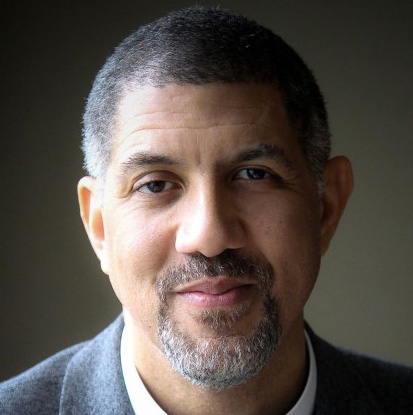Welcome to St. Paul’s!
We welcome you to God’s House. Our prayer is that your life is enriched by the worship experience here on Peyton Rd. We are so glad that you are here!
St. Paul’s is a dynamic faith community. If you are looking for a spiritual home to become a part of, please know that you have found such a place here. Come worship with us on Sunday at 10am. We are one and all are welcome at St. Paul’s. Welcome home!
OUR MISSION
To Proclaim God’s love, justice and hope through the witness of generations of resilient faith in Jesus Christ, and the worship and traditions of the Episcopal Church, seeking to make disciples and to draw our neighbors into a relationship of love, strength and hope.
